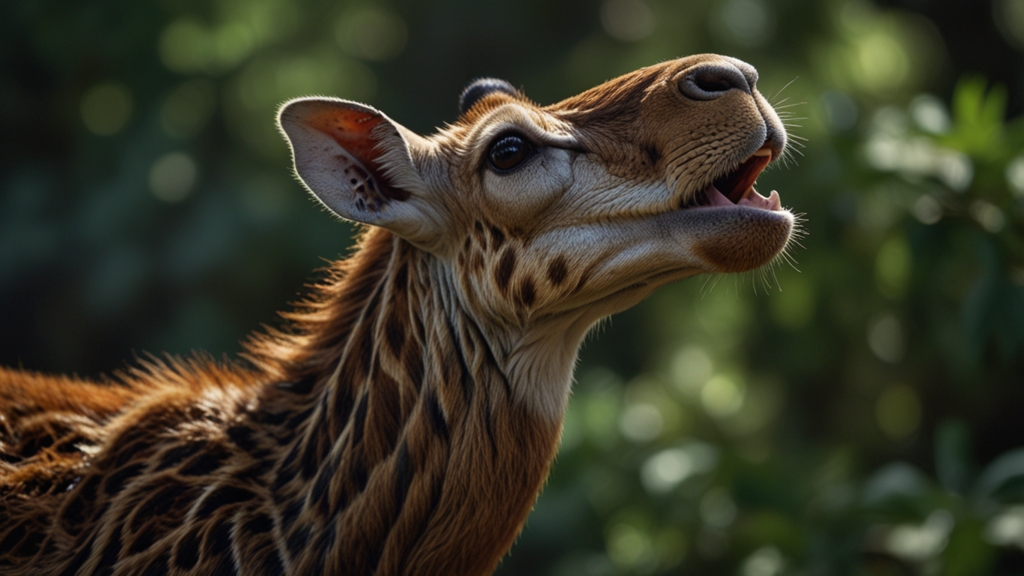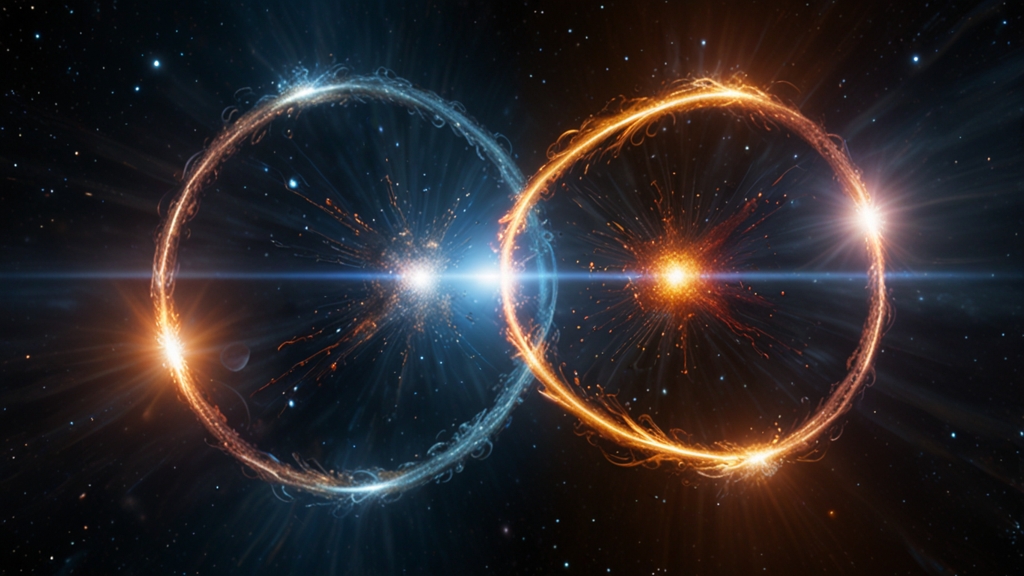Unraveling the Oceans Food Web: Who Eats Who Underwater
The ocean, a vast and mesmerizing expanse, is home to an intricate and complex food web that sustains a multitude of marine life. From the tiniest plankton to the largest whales, each creature plays a pivotal role in maintaining the balance of this underwater ecosystem. But how exactly does this food web work? Who eats who underwater? Let's take a deeper dive to uncover the fascinating dynamics of the ocean's food web.
The Base of the Food Web: Producers
At the foundation of the ocean's food web are the producers, primarily phytoplankton. These microscopic organisms drift across the ocean's surface, harnessing energy from the sun through photosynthesis. By converting sunlight into chemical energy, phytoplankton produce organic compounds that form the staple diet for a multitude of marine creatures.
"Phytoplankton are the ocean's primary production powerhouse, forming the essential building blocks of marine nourishment."
Besides phytoplankton, seaweeds and seagrasses also contribute to the primary production process. While not as prolific as phytoplankton, these larger plants provide habitat and food for numerous marine organisms, from small invertebrates to large herbivorous fish.
The Primary Consumers: Herbivores
Feeding directly on the producers, primary consumers are the herbivores of the marine world. Tiny zooplankton are among the most crucial herbivores, floating in the water columns and munching on phytoplankton. Larger herbivores include species such as parrotfish, sea urchins, and green sea turtles, which graze on algae and seagrasses.
These creatures play a vital role in preventing overgrowth of primary producers, maintaining a balanced ecosystem. By consuming plant matter, they convert it into energy and nutrients that become available to higher trophic levels.
Secondary Consumers: Carnivores and Omnivores
Secondary consumers are the creatures that keep herbivores in check. This category includes small predatory fish, squid, and certain types of crustaceans. They hunt and consume the primary consumers, thus transferring energy up the food chain.
"In the ocean's food web, energy flows from small herbivores to larger carnivores, creating a dynamic interplay of life and survival."
Some fish species, like herring and sardines, occupy a versatile position within the food web. As omnivores, they feed on both plankton and smaller fish, making them key energy converters within the marine ecosystem.
Tertiary Consumers: Apex Predators
Tertiary consumers are the apex predators of the ocean, creatures that reside at the very top of the food web. These include formidable hunters like sharks, large predatory fish such as tuna, and marine mammals like orcas. Apex predators are crucial for controlling the population of secondary consumers and ensuring the health and stability of ocean ecosystems.
Interestingly, humans also play a role as apex predators. As we harvest fish and other marine resources, we impact the balance of the ocean's food web, sometimes with profound ecological consequences.
Decomposers: Nature's Recyclers
No discussion of the ocean's food web would be complete without mentioning decomposers. Bacteria, fungi, and scavengers such as crabs and sea stars break down dead organic matter, recycling nutrients back into the ecosystem. This process ensures the continuous availability of essential nutrients for primary producers, closing the loop of the marine food web.
"Decomposers are the unsung heroes of the ocean, transforming waste back into life-sustaining resources."
Conclusion
The ocean's food web is a delicate and intricate network, showcasing a remarkable diversity of life forms and their interdependencies. From microscopic plankton to majestic whales, each organism contributes to a balanced and thriving marine ecosystem. Understanding these relationships not only highlights the wonders of the natural world but also underscores the importance of preserving and protecting our oceans, ensuring they remain vibrant and life-supporting for generations to come.











